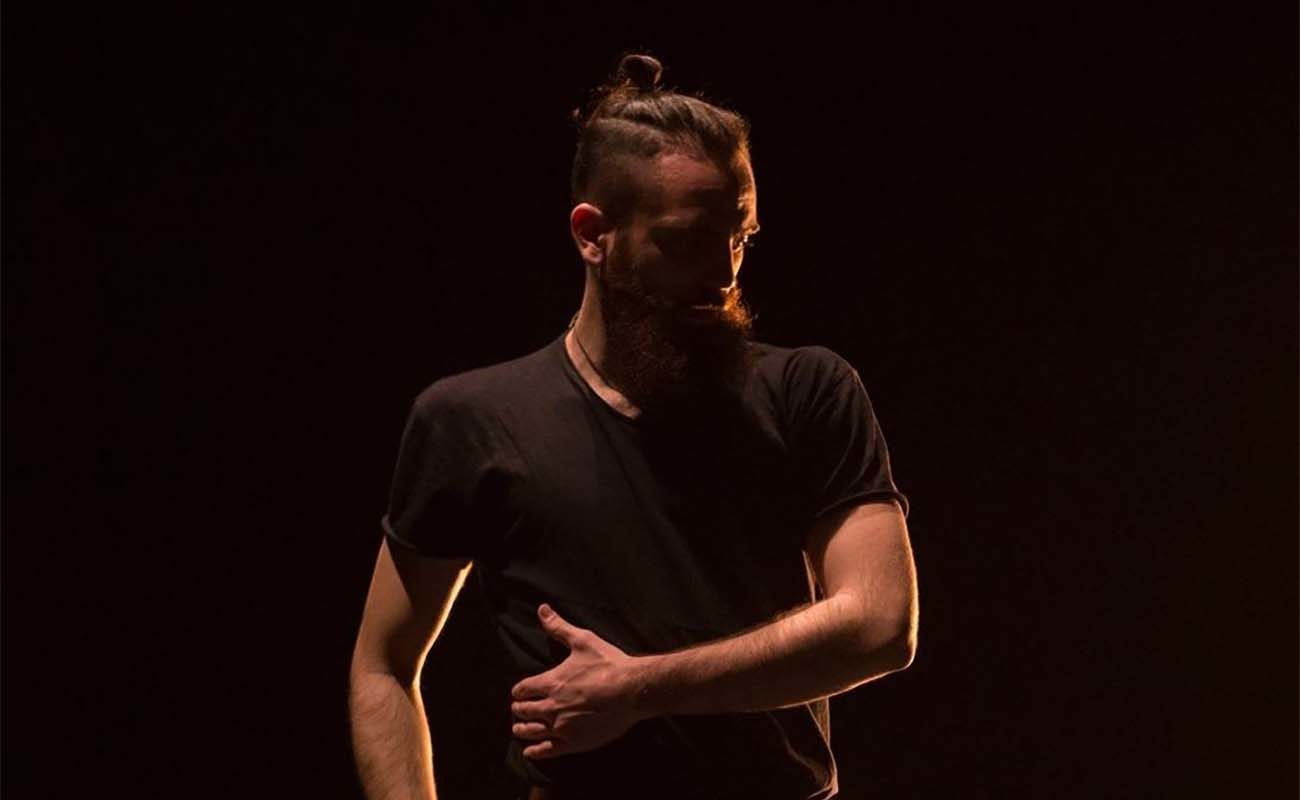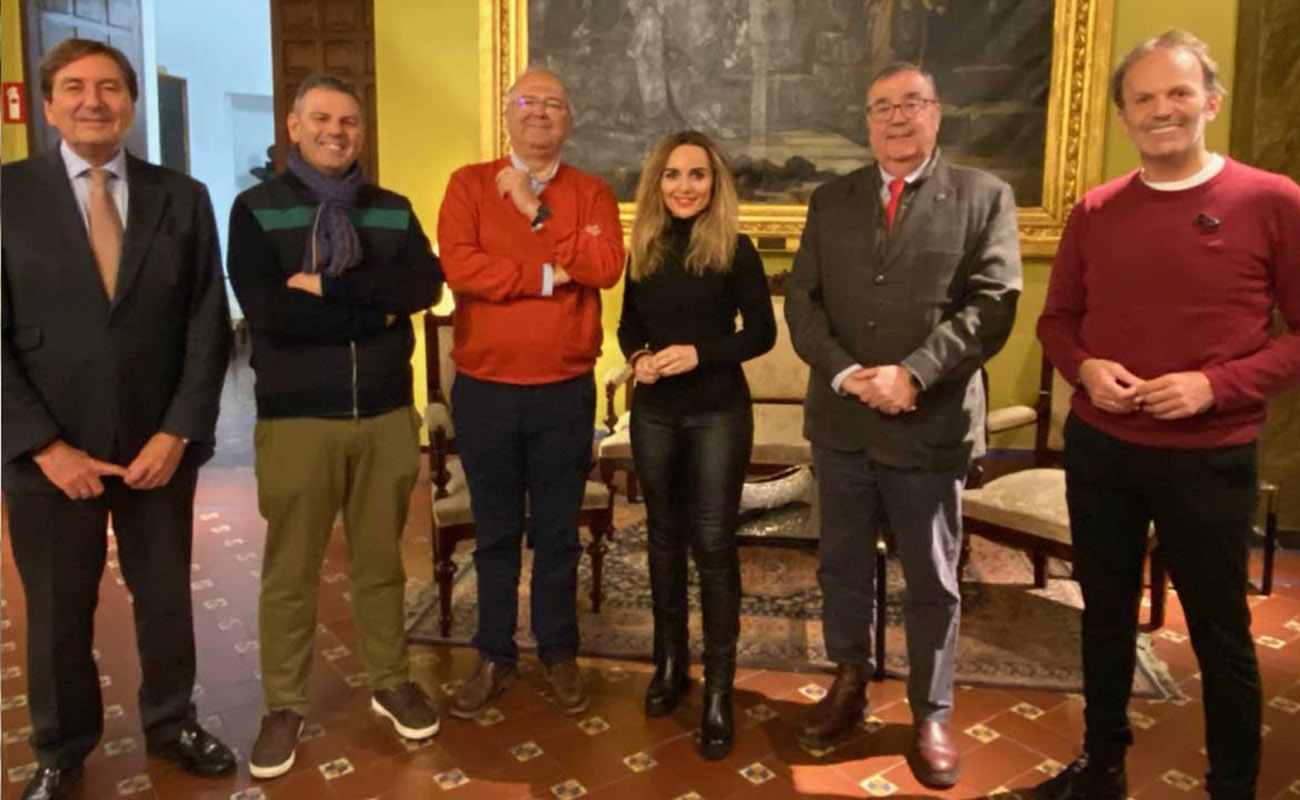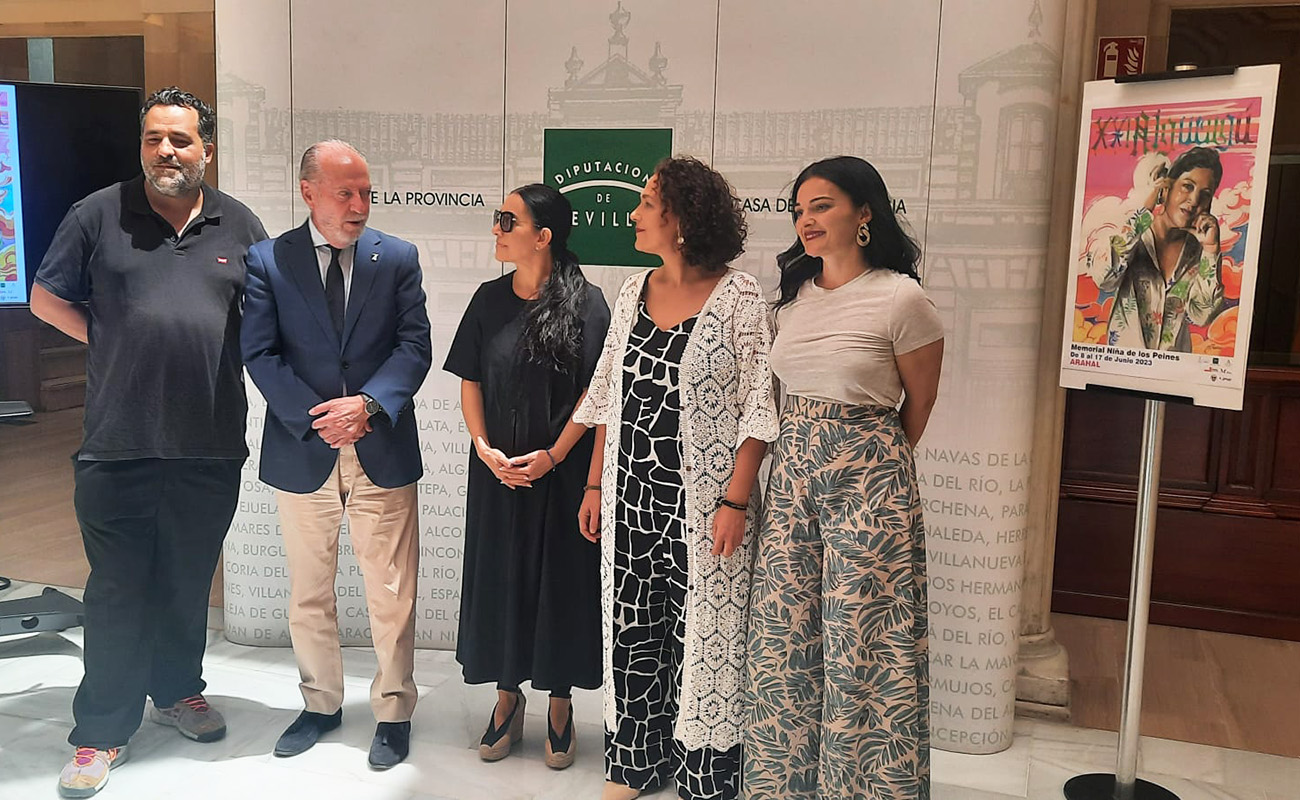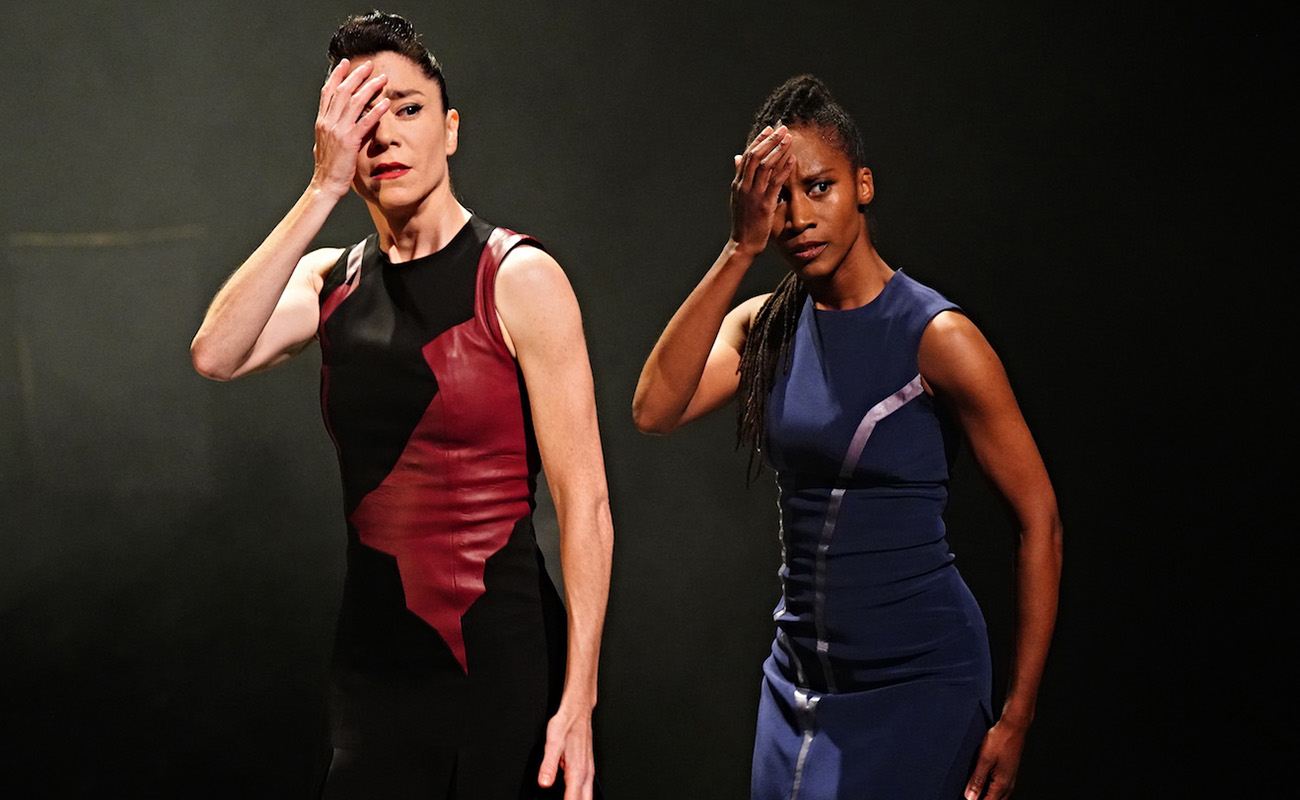Flamenco rhythms arrive in Kenya
The Kenya National Theatre in Nairobi hosted the Spanish bailaor Álvaro Murillo García and his production ‘El barbero de Picasso’ where he paid tribute to Picasso himself and the cantaor Enrique Morente. Murillo also gave a lecture about the origins of flamenco and held a workshop at Kenyatta University.

The Kenya National Theatre in Nairobi hosted the Spanish bailaor Álvaro Murillo García and his production ‘El barbero de Picasso’ where he paid tribute to Picasso himself and the cantaor Enrique Morente. Murillo also gave a lecture about the origins of flamenco and held a workshop at Kenyatta University.
Álvaro Murillo García was born in the Spanish province of Cáceres in 1995, in the city of Plasencia, to be precise. When he’s asked whether he’s more bailaor than dancer, or more dancer than bailaor, he frowns. It’s hard for him to pick a side, because his art is a blend of contemporary dance and flamenco. However, that is the genre he has taken to Kenya, in Africa, where he travelled at the beginning of July 2019, invited by Jaime Hermida, the Spanish consul in Nairobi. The reason? The consul wanted Murillo to perform his show El barbero de Picasso in the capital of that country.
The young bailaor from Extremadura packed his bags and, on July 4, 2019 in Nairobi’s Kenya National Theatre, he performed his fifty-minute production where he pays tribute to the painter Pablo Picasso and the cantaor Enrique Morente. Pieces like Autorretrato or Pan tostao by that genuine cantaor from Granada were heard loud and clear while Álvaro performed his brand of flamenco, slightly removed from tradition and positioned in a more contemporary path.
«The history of the cajón goes back to the African slaves who went to South America in the 16th century. That musical influence reached the port cities of Cádiz and Seville.»
Lecture about Picasso, Morente and the origins of flamenco
Besides the show, there was also a lecture about Picasso, Morente and the origins of flamenco and the African influence in this art. «The history of the cajón goes back to the African slaves who went to South America in the 16th century. That musical influence reached Spain, where in the 16th and 17th centuries, particularly in the port cities of Cádiz and Seville, slaves made up to ten percent of the population. When they left the Iberian peninsula, their former presence was forgotten, and the Spanish people thought it was more important to associate flamenco with Gypsies because, even as they were a socially-excluded group, they were considered true Spaniards, unlike the Africans», explained Murillo in a statement published in the Hoy newspaper.
Besides the conference and the performance of his show, the Spanish bailaor held a flamenco workshop at Kenyatta University. «We worked on creative techniques so everyone could develop what they have within their selves. It was very satisfactory. They are definitely not lacking in rhythm», assured Álvaro Murillo.
About the bailaor Álvaro Murillo
This bailaor from Cáceres got started in baile thanks to his brother, who gifted him his first footwork boots when he was nineteen years old. Then he started studying with the bailaora from Extremadura Patricia Sánchez, and from there he made the jump to his first flamenco performances. In October 2019 he will perform at Nave del Duende, in Casar de Cáceres, in his show La leyenda del tiempo. And in 2020 he plans to perform at the DT venue in Madrid, with his project Flamencas, where he’ll highlight the importance of women in flamenco.




